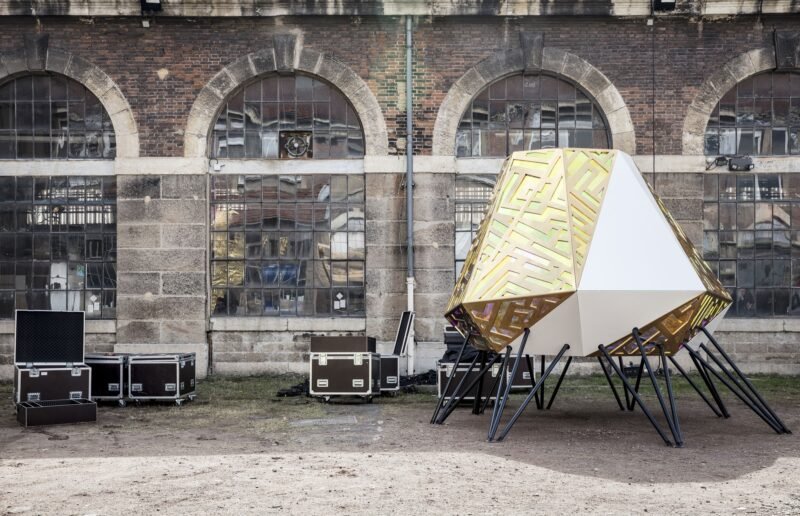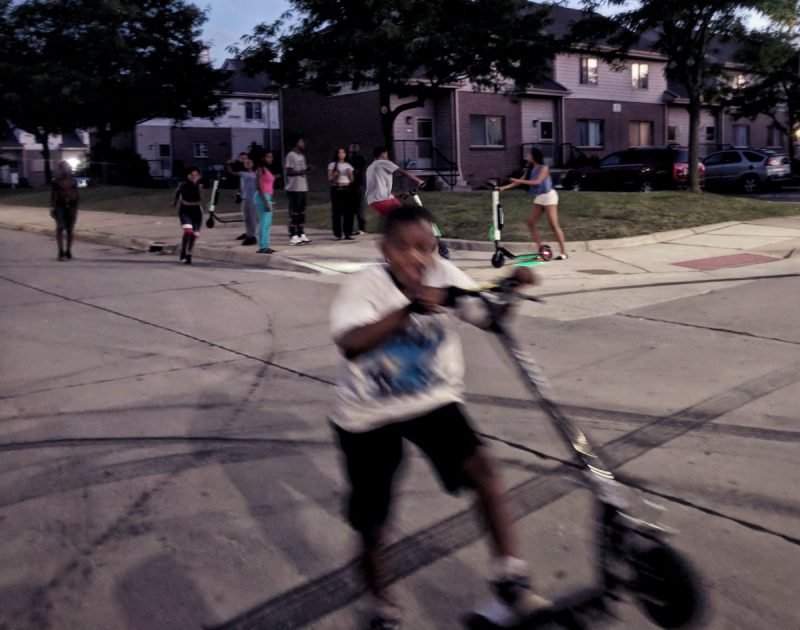A Fake City To Test Self-Driving Cars
It’s impossible to imagine the auto-industry without Detroit and the Big 3 coming to mind. Despite the troubles which the Motor City has dealt with over past decades, the region is once again making moves and even looking forward to the new age of mobility — the self-driving car. As a collaboration between private industry, the University of Michigan, and Michigan Department of Transportation, a fake city has been constructed in Ann Arbor for the purpose of testing driverless cars.
The Mcity Test Facility has been built on a 32 acre plot at the University of Michigan’s North Campus Research Complex and was designed to simulate a large variety of conditions which cars would experience in urban and suburban environments. This includes a 5-mile long track of roads with intersections, traffic signs, crosswalks. Entire blocks with building facades have been constructed, along with benches, street lights, and obstacles such as construction barriers. The “city” also has those unique urban problems that self-driving cars might be confused about in real situations, for example graffiti on traffic signs or faded lane markings.


The idea of a fake city, where buildings are just facades and there are no signs of people is something quite eery, and sounds like something out of a horror-movie. However the purpose for these constructions are much more optimistic. In the past, fake towns have been constructed in places around the world to test technology, or provide training for military or emergency personnel. Artificial cities allow governments and industries to test, learn, and change their approach to a variety of urban tasks to ensure that they get the best possible results once they’re moved into real urban environments.


Even though the self-driving car may seem like a sci-fi fantasy, with the Google prototype already on the roads, and others planning on joining soon, the future is closer than it seems. The Mcity is a big step into getting driverless cars ready for the streets of real cities, and the testing being done there is keeping the automotive legacy around for the rust-belt.



